On April 19, we marked the 25th anniversary of the sexual assault of Trisha Meili, the 28-year-old white, female jogger at the center of the 1989 Central Park-rape case. I cannot help but ask myself what the ultimate significance of this case will be. The rape along with some assaults and "menacing" acts were used by the media to invent a new form of urban terror labeled "wilding." That a mostly white media used language like "savage," "wolfpack," "animal" and even "feral" to describe the group of African American and Latino teens 13 to 16 years old accused of rape automatically then, as it does now, points to the racial context in which the media placed Meili's assault.
That was born from our history of slavery and racism. But, in 1989 as the country neared the quarter-century anniversary of the passage of the Civil Rights Act, many presumed that this type of media coverage simply meant that things had not changed or had not changed enough. Change is always happening; the question is, what does the change mean?
Back then, I worked as a journalist covering New York City for the Daily News. I was one of about 10 black journalists hired by the paper as News managers worked to either ward off or diminish the effects of what ended up being a successful racial-discrimination lawsuit brought by four black editorial employees. While the particulars of this conflict made it historic -- it was reportedly the first lawsuit of its kind brought by editorial employees that landed before a jury -- its impact on diversity among News staffers indicated something had changed. Many saw racial progress. When I was assigned to cover the jogger story almost daily for nearly the first two months after the attack, I viewed up close what this progress meant: my perspective would hold little weight, and I would appear to be part of the media's denigration of the black and Latino communities and the falsely accused boys who grew into the men we call the Central Park Five.
In that post-Civil Rights moment when the media coverage of the rape of an affluent investment banker allegedly by these young suspects from Harlem unfurled in the press, race relations had been changing although they still reminded us of times past. Various types of racial conflicts -- violent or otherwise, in the streets, or in public or private enterprise -- had continued in the city and across the nation. With patterns of anti-black and anti-brown policing practices and the racially-motivated killings of blacks by whites in Howard Beach, Queens, and Bensonhurst, Brooklyn, New York City from my perspective often felt balkanized. In this context, the racialized coverage of the jogger case from the mainstream press, in many respects, felt like a rejoinder from another zone.
Another change taking place during this period that received much less pronounced coverage than the jogger case was the re-ordering of the nation due to the new drug laws from the War on Drugs, such as long mandatory-minimum sentences and harsher penalties for crack-cocaine infractions. These laws disproportionately affected black and Latino youths, making them the targets of stepped-up policing financed by the drug wars. Black and Latino males, particularly the young ones, became a criminal "caste." Dropped into this mélange was the story of black and Latino teens "wilding" in Central Park, concocted by the police and district attorney's office.
It was an incendiary moment. Not only had Meili's life been forever rerouted, the lives of the five young suspects and their families were upended and destroyed, and the world itself would change. All segments of society weighed in on the police-generated fiction spread by an uncritical media. Of particular note was the work of one social scientist: John DiIulio, a Princeton University professor and former Bush-administration member used this made-up event to build social theories. His most prominent was the theory of the super-predator. In a 1995 Chicago Tribune piece he prophesied that by year 2000 there would be 30,000 more "murderers, rapists and muggers" between the ages of 14 and 17 years old. He cautioned society to be prepared.
In the period after the jogger case, from 1992 to 1999, there was a sea change in juvenile-justice laws across the nation. Nearly every state passed laws designed to incorporate more juveniles in the adult criminal-justice system. Youngsters, particularly black and Latino males, could then find themselves in very adult situations like life without parole. DiIulio recanted his theory in 2001, but not before the damage was done. While the Supreme Court began rolling back some of these measures, they will be part of the legacy of the Central Park-rape case. Just as the Supreme Court has begun to dismantle some of this travesty, all areas of government must do likewise. The juvenile-justice system requires reform. The Central Park Five's $250 million wrongful-conviction lawsuit must be settled to make the "wilding" incident historically understood as a lie. And, we must pay closer attention to the issue elided by the media that night: the rape culture in this society.
This blog post is part of a series produced by The Huffington Post and the producers of "The Central Park Five," a film that documents the wrongful convictions of five New York City youths. A $250 million wrongful-conviction lawsuit filed by the Central Park Five has yet to be settled. To see all the other posts in the series, visit here. For more information about the film -- or the book that inspired it -- visit here.